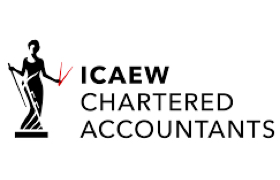Confused on claiming residence band relief?
- 9th September 2022
Working through inheritance tax (IHT) requirements come at a difficult time. The provisions of the residence nil rate band (RNRB), which can be passed on between deceased spouses and civil partners, has caused some confusion.
Any unused RNRB from the first death of a spouse or partner can be relieved on the death of the second individual. The claim is based on the value of the RNRB at second death, but some executors are mistakenly using the value at the date of first death.
The RNRB was introduced from 6 April 2017 at £100,000, increasing by £25,000 a year until reaching its current value of £175,000.
The claim for RNRB is made on IHT form IHT436, with the confusion coming from the entry at box 11: the value of the RNRB enhancement at the spouse or civil partner’s date of death. However, the actual claim is based on the value entered at box 14. This should be the value of the RNRB at the date of second death, although it is easy to see why mistakes are being made given the confusing wording used by HMRC.
HMRC does not seem to be picking up the error, so if a mistake has been made a correction will have to be made by writing to the Revenue.
Conditions and transfer
Unlike the normal IHT nil rate band, the RNRB comes with various conditions. It is only available:
- At death (not against lifetime gifts).
- Against the value of a home (only one property can qualify).
- Where the home is inherited by direct descendants (including step, adopted and foster children).
Any unused RNRB can be transferred in the same way as the nil rate band, with a claim required within two years of second death. It doesn’t matter if first death was before the introduction of the RNRB on 6 April 2017.
The unused RNRB of more than one spouse or civil partner can be transferred, but the overall total cannot exceed one full RNRB (£175,000).
Detailed HMRC guidance on working out and applying the RNRB can be found here.
Any news or resources within this section should not be relied upon with regards to figures or data referred to as legislative and policy changes may have occurred.



